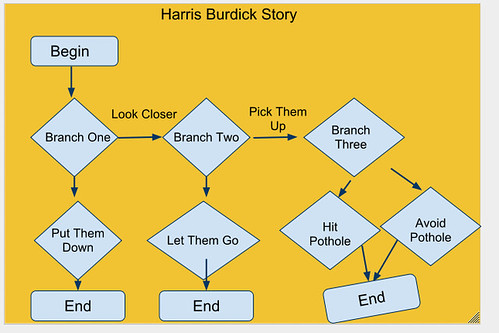My son is a sixth grader in a district where I don’t teach, so I always try to pry info out of him about what he is up to (no small feat, with a 12 year old boy). I’m interested, and yes, sort of competitive, too. Yesterday, I asked him how his six-week “exploratory” block in technology went for him. My question came on the heels of his shocking (to me) remark that “Tomorrow, we get to play video games on the computers for 48 minutes.”
Now, I know that 12 year olds are not always that reliable for the entire tale, so I listened to him explain what they did for six weeks. But even after some thorough grilling, it became clear that “technology” is the wrong word for this exploratory block.
They learned some typing skills and, as he said, “He taught us how to do shortcuts in Microsoft Word …. and we played online games.”
And then, “Oh, he showed us how to put an image in Word. But we all already knew how to do that.”
“And if you didn’t, it would take you … what …. five seconds to figure it out?” is what I muttered back.
Shortcuts for Word? That’s technology in the classroom? I am beside myself with frustration that this is the best exposure to technology offered to a sixth grader? I’ll bet that curriculum is 10 years old and hasn’t changed a bit since then. What about creating? Composing? Publishing? Exploring (not games)? Web 2.0? There is a movement underway, folks, and if you can yourself a technology teacher, you better get on board.
I do show my own children a lot of technology (although I should write about that someday now that he is entering the ‘Can I have a Facebook’ phase and we try –not always successfully — to balance access to our technology with limited screen time). Here at home, we make movies, create music and do more than most, I am sure.
But what about those other kids who don’t have parents who are teachers into technology? What about them? Shortcuts and image placement in Word is the best we can do for them? I’d even be happy if the gaming was them inventing their own games or something of value. Instead, they are going to sites that are probably bombarded with advertisements in order to play a simplistic flash game.
Peace (in a huge sigh),
Kevin




